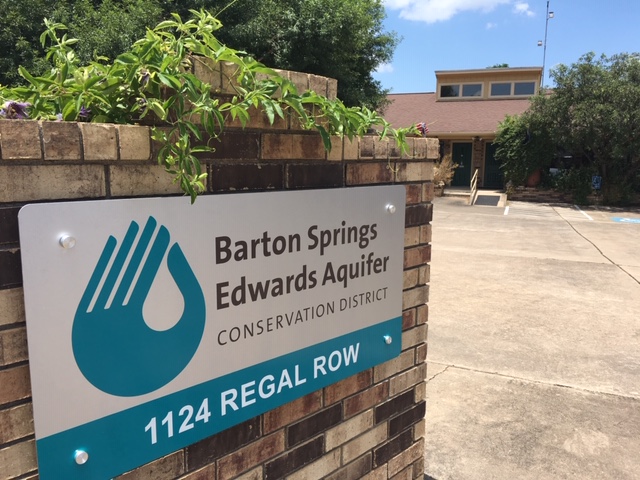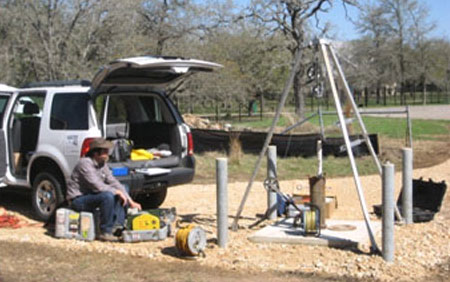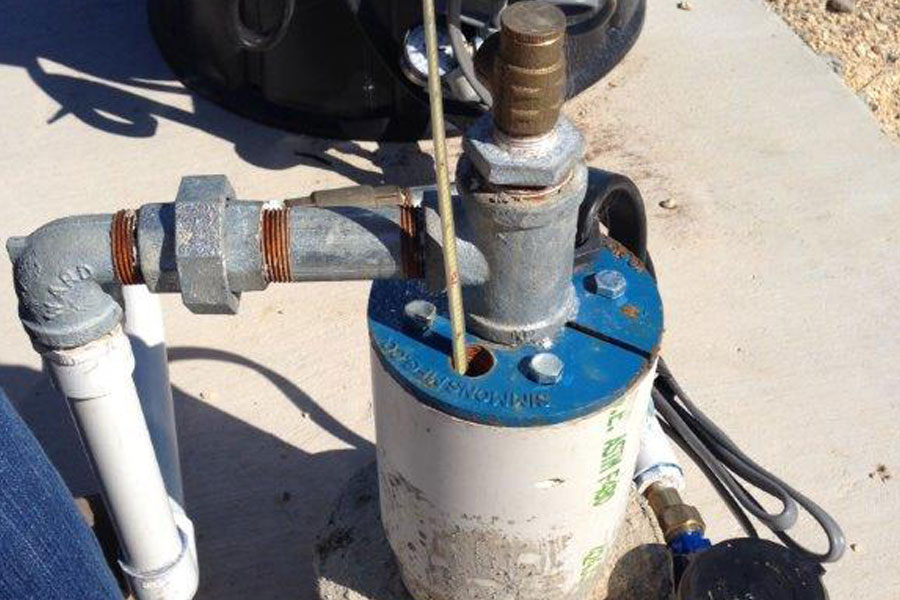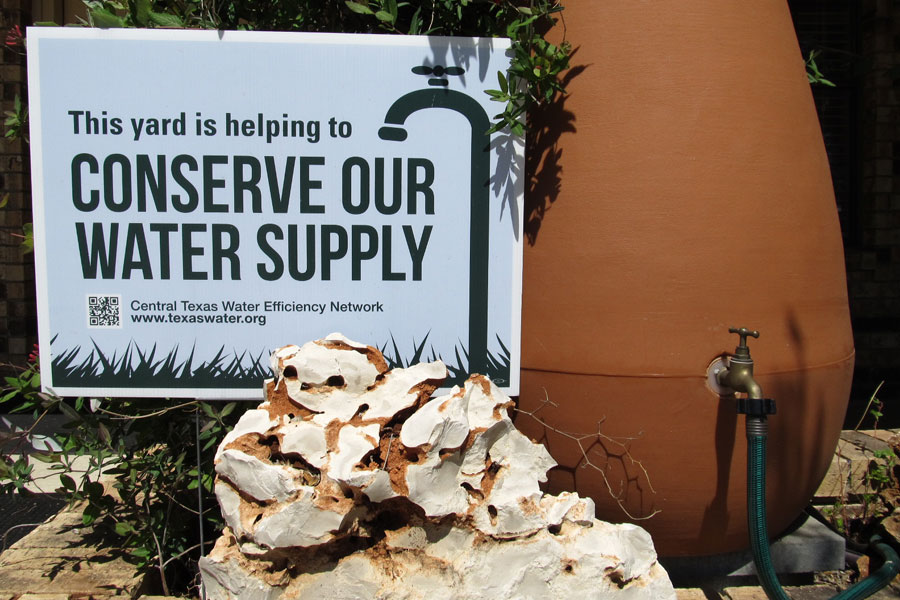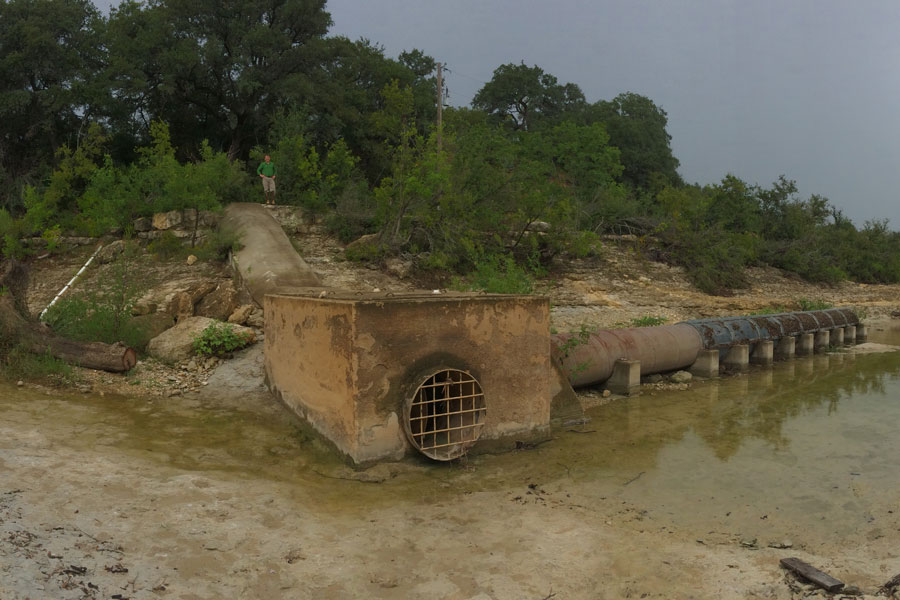Aquifer District Lifts Drought Declaration, Reminds Permittees of Water Conservation Period; District Approves Changes to Rules & Bylaws
Aquifer District Lifts Drought Declaration, Reminds Permittees of Water Conservation Period; District Approves Changes to Rules & Bylaws
For Immediate Release: Thursday, July 8, 2021
For more information, contact: David Marino, Communications & Outreach Manager at (512) 282-8441 or dmarino@bseacd.org
At the July 8 Board Meeting, the Barton Springs/Edwards Aquifer Conservation District’s Board of Directors lifted the Stage II Drought Declaration and declared a No-Drought condition for the aquifers within the District, effective immediately. Since the beginning of 2021, the Hill Country – Edwards and Trinity Aquifer region has received a little over 18 inches of rainfall. Consistent small rain events in March and April raised soil-moisture content (amount of water present in the soil), priming the area for runoff conditions. Ten inches received in May and June – usually the two wettest months of the year – produced above-average rainfall, generating plenty of runoff to area creeks and much needed aquifer recharge. Barton Springs discharge has been above the Stage II alarm Drought threshold of 38 cfs (cubic feet per second) since May 1, 2021. The water level in the Lovelady Well crossed above its drought threshold of 478 ft msl (feet above mean sea level) on June 10, 2021. For the District to declare drought conditions, either Lovelady water levels or Barton Springs flow need to be below their respective drought thresholds. However, to exit a drought stage, both Barton Springs and Lovelady must rise above their respective drought trigger values. This latter requirement keeps the District from making multiple declarations about drought over short periods of time.
Although the District is now out of drought, Texas weather is hard to predict. Worst case scenario, without additional rain over the next couple of months, the District could return to Stage 2 Alarm Drought Status within 90 to 100 days. As a reminder, May through September is the District’s Water Conservation Period. Austin Water Utility restricts outdoor watering to no more than twice per week, and the Barton Springs/Edwards Aquifer Conservation District initiates a voluntary 10% reduction in groundwater pumping by its permittees. Though the approaches are different, the goal is the same—to prolong water availability throughout the hottest and driest portion of the year. For more specifics on drought conditions please visit the District’s Drought Monitor blog here: http://droughtmonitor.blogspot.com/2021/07/spring-and-summer-2021-aquifer.html.
Additionally, at the July 8 Board Meeting, Directors approved changes to the District’s Rules & Bylaws. This includes changes to enforcement and penalties associated with over-pumping violations in times of drought.
The District encourages continued conservation, with July and August often being the hottest and driest times of the year. In the summer months, outdoor water use is significantly higher and can account for 60% or more of home water use. Planting native or drought-tolerant landscapes, mulching, and using compost can substantially reduce the amount of irrigation water required to keep plants healthy.
Making sure your irrigation system is functioning at peak efficiency and replacing leaking gaskets and hoses can help conserve water. Installing a rain barrel or rainwater harvesting system can make an even bigger impact in reducing overall water use.
Useful links:
- Drought Media Tool-Kit: https://bseacd.tombozzly.com/drought-edu/
- Press Release archive: http://bseacd.org/publications/press-releases/
- Drought Status page: http://bseacd.org/aquifer-science/drought-status/
- Drought Management page: http://bseacd.org/regulatory/drought-management/
